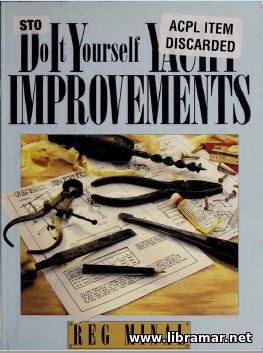 This is a very good book for the yacht and boat owners willing to make improvements to their craft. It is definitely extremely satisfying for the yachtsman to add something to the original construction of the yacht that would improve her qualities. The author of the volume has presented a nice collection of thoroughly selected an detailed instructions, supplemented with the informative sketches for constructing really workable alternatives to the equipment that would otherwise cost huge money.
The effectiveness of all of the tips contained in this book has already been proven since the associated items were tried and, of course, tested in the real life condition before sharing them with the readers. Many of the items dealt with are in the everyday use by many yacht owners. We can say that the information in this volume will be of a real practical interest to the people who like to apply the do-it-your-yourself concept.
Following the instructions given by the author will let them make their yachts and boats more efficient and in some sort unique. It is so practical that one would like to use the tips even if he or she does not possess a yacht right now – the tips are truly universal and this makes the book even more valuable.
 This is an excellent and perfectly written primer of sailing for all boat and yacht owners. The content of the publication was prepared by the team of experienced sailors. The introductory chapter provided by the respected Bob Bond, author of many other titles, gives very good background which will be interesting for all newcomers to the world of sailing.
After that, there goes a chapter written by the consulting editor of the volume, acquainting readers with the boat construction and rigging, and note that all common construction materials are covered, from wood to fiberglass. The contributions from the recognized experts were used when preparing all of the chapters, such as the one dealing with the wind and sail, covering everything from sailing dynamics to handling spinnakers.
Apart from that, the coverage includes the cruising theory and useful practical tips, anchoring and mooring techniques and procedures to follow, reading the weather, navigating your boat and so many others. There is a separate chapter devoted to the ropes and knots – in fact, there are so many volumes on that available, such as the famous “Handbook of Knots” and “Knots and How to Tie Them”. However, the authors have managed to provide a real wealth of information in the pages of a single volume.
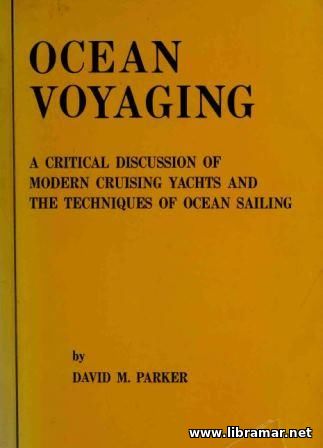 The content of this nice volume reflects the results of the huge practical experience of the author. After more than hundred thousand of nautical miles of real ocean voyaging on different types of yachts and boats, he found it necessary to share the thoughts on the ocean voyaging with all other people, with the hope that this will be useful to them and eventually contribute in the safety of their voyages, no matter what type of craft they sail.
You will find out what you should expect and what you are going to be faced with on the cruising boat, and also get to know what shall be paid serious attention when choosing your boat, how to equip the boat and, of course, how to perform handling in the safest and speediest way. By following the advice provided by the author you will ensure that your voyage will pass with maximum comfort and pleasure, while all difficulties commonly associated with the ocean voyaging, will be minimized to the possible extent.
All available boat designed have been discussed here together with their technical advantages and disadvantages, in order to give people a clear picture before they make their decision when choosing and purchasing the boat for voyaging. Numerous real life examples and nice pictures supplement the text and will make reading even more enjoyable.
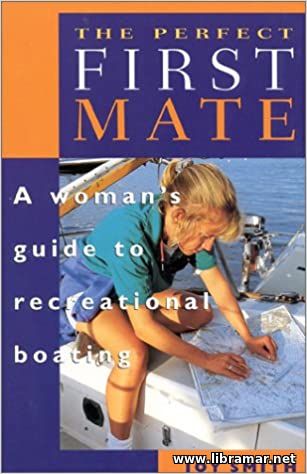 This is definitely one of the best titles of the famous author. Written by the lady who managed to become excellent first mate, the volume will provide the newcomers to the world of boating with the practical and professional advice making the process of boating even more enjoyable and relaxing to them.
The list of topics addressed by the author includes, bot is not limited to, provisioning, storage of the food on board your boat, clothing, and many others. Joy Smith has also discussed the cooking and how it shall be done in different weather and sea conditions, entertaining your guests, presents tips for avoiding the seasickness, etc. All of those instructions, when followed, will make your time on board pleasurable. In fact, the publication will be equally interesting to the people having experience in sailing.
Apart from that, the authors has stressed that the first mate shall be duly acquainted and find herself comfortable with her boat, and the importance of this cannot be overemphasized. The matters related to the food storage and cooking have been considered critically important and therefore dealt with in a separate section of the book. The twenty years of Joy’s practical experience have eventually resulted in this brilliant title.
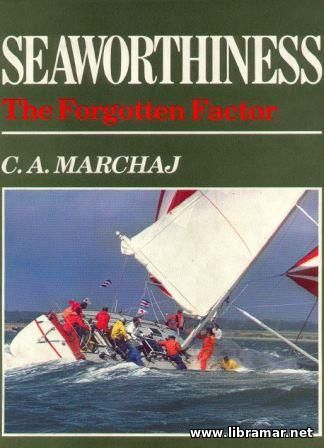 The present publication is devoted to one of the most important aspect of the yacht design and construction – their seaworthiness. The author of the book professionally traced al of the links that exist between the changes taking place in the offshore racing rule, and the design of the yachts as well as the associated technology.
The seaworthiness is commonly referred to as the ability of the vessel to successfully survive the weather conditions. So, for people who appreciate the real seaworthiness, it is critical to make sure that their yachts follow the specific design and construction principles. This is what the author has paid particular attention, presenting the result of his work in a very reader-friendly way, considering the fact that not all of yachters are professional shipbuilders.
The volume provides clear explanations of the physics of the yacht design as well as its behavior. Note that the readers are expected to study the content rather than just read it. We would say that this title is an absolute must-have for all people loving boats, no matter what type of boat or yacht they prefer. The author is worldwide known and respected for the detailed writings about the yachts.
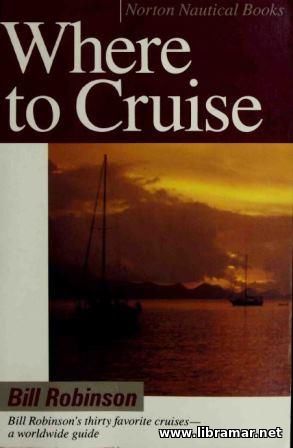 In more than twenty five years of practical experience of the author in the yachting and more than fifty years of cruising, he has had a rare chance to visit the most of the best cruising areas of the planet. That is the reason why the author was frequently asked about these voyages by the people hoping to reach those places as well as by the people who were just curious and willing to compare the subject areas with those familiar to themselves.
Having those questions in mind, the author is now reporting on the best places. Note that only positive reports have been included in the review. However, in the cases where some drawbacks existed, the author did his best to inform the readers about them. The content of the volume has been fully rewritten in comparison with the previously released publication as well as the articles in the other books.
The boats used by the author as varied and in some cases loaned; in addition to them, there were three boats owned by him, and they have been paid particular attention. In short, this is another publication that will definitely attract the attention of the people fond of sailing and cruising, since they will appreciate the material selected and included here.
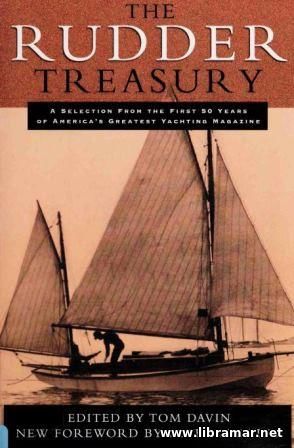 The publication features valuable professional inputs provided by the respected specialists in the yachting history and shall be referred to as the perfect record of the experience accumulated through the decades of sailing. The material has been perfectly distributed by themes. They will definitely enjoy that the volume will make them see the important changes that took place in the past.
The numerous reviews submitted by the sailing enthusiasts from all around the world, all recommend the title. The book was written having specifically in mind those people who do believe that the sailing depends solely on their competence and knowledge, coupled with the practical experience. These people will for sure treat the volume as a very informative reading.
The content of the publication is based on the selected articles published in the world famous Rudder Magazine in the period from 1893 to 1950. The articles are grouped under several sections, namely Winter Reading, The Dream Ships, The Ideal World Cruiser, The Care and Feeding of Yachtsmen, and The Hurrah’s Nest. As mentioned above, the book is therefore highly recommended to all people with the interest in sailing and cruising.
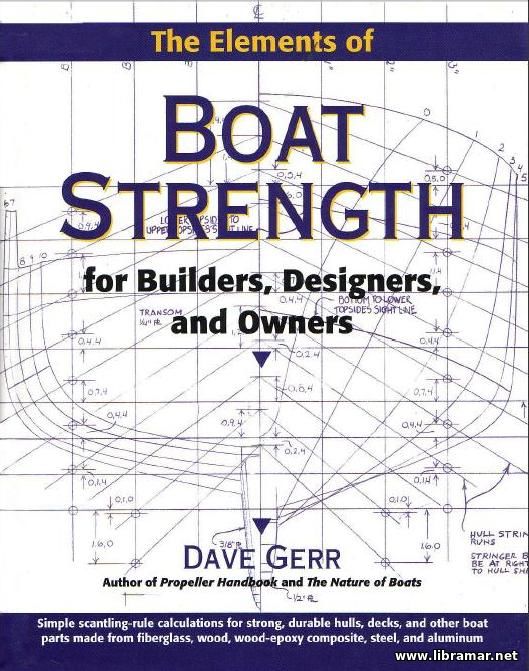 First of all, we want to emphasize that the present publication was not written specifically for the professionals of boatbuilding who are looking for the very latest arcane developments in the field of structural engineering; we would better say that it was prepared and released for the average boatbuilders (amateur or professional) - mechanics, marine surveyors, serious yachtsmen, and naval architects will also find it useful. It is intended to serve as the very easy-to-use source of information, dealing with the important calculations one has to perform in order to determine the final reliable scantlings for the boat.
It definitely makes sense to spend some tome studying the new data tables and graphics; however, do not worry - all the calculations contained within this book can be quite easily performed by any person having some basic understanding of math and every formula can be solved using an inexpensive, student-grade scientific calculator. It shall be noted that this book was the first one to include the structural strength assessment method in the context of modern marine environment.
It is the very definitive reference book covering nearly every aspect of boat strength; it is also considered one of the best layman's guides available today. We have another boatbuilding book by Dave Gerr here.
« 1 2 3 4 5 6 7 ... 14 15 » |







